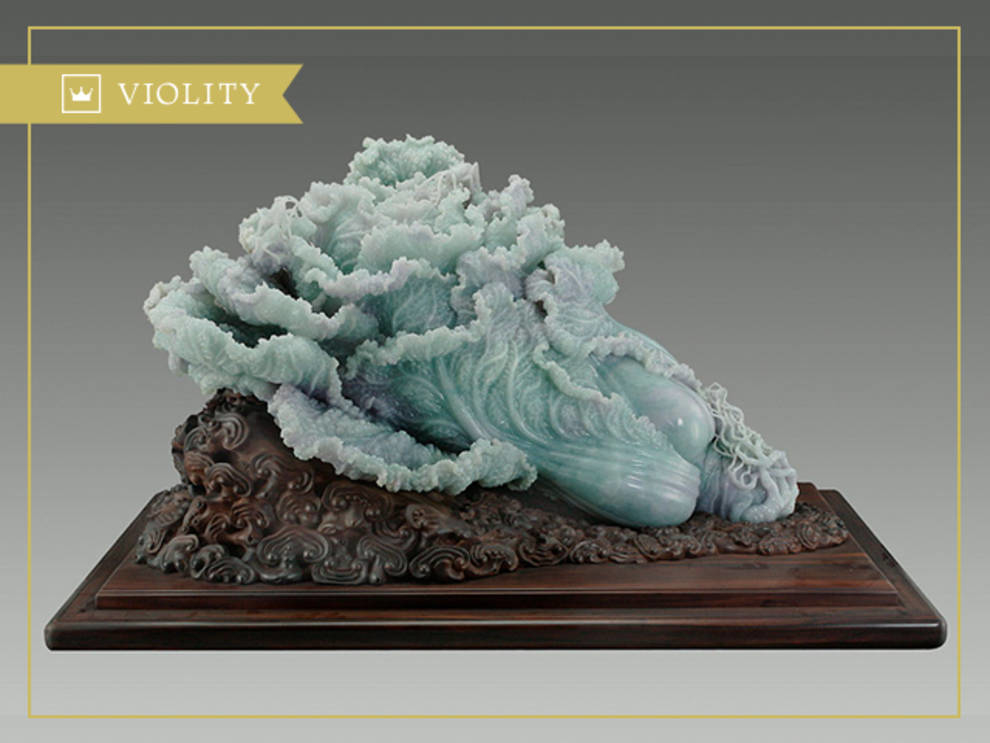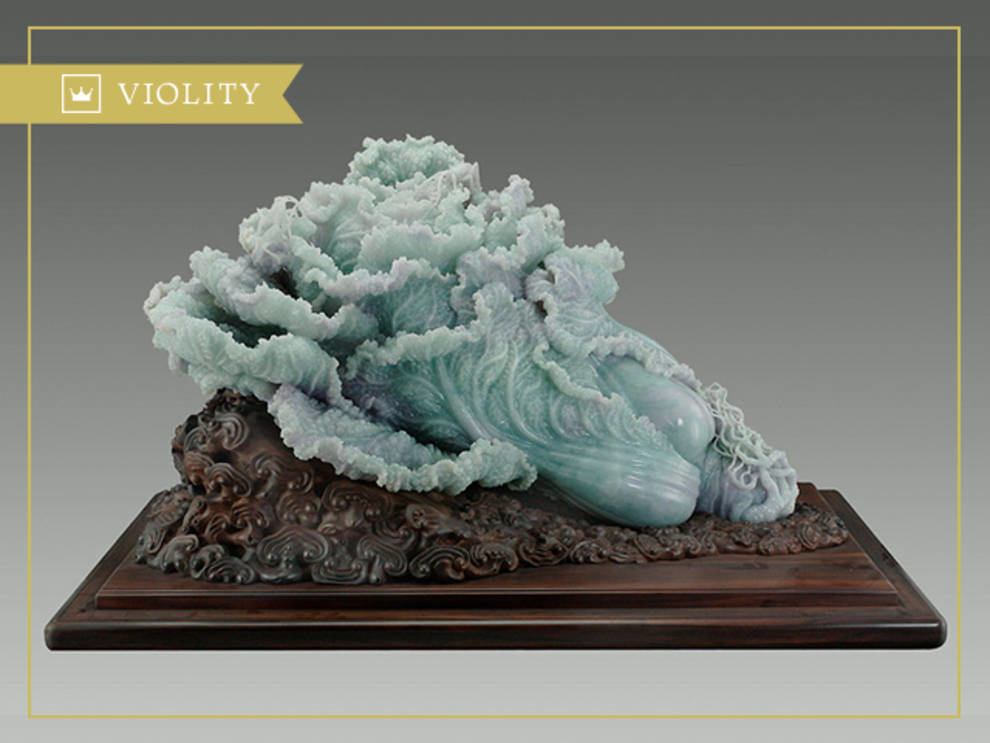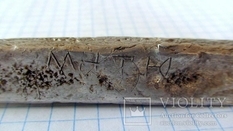
What is glyptic?
Glyptica, or the art of carving on colored and precious stones, gemmas, is most often used in relation to small forms, that is, in relation to carving on ornamental and jewelry materials. It is considered one of the most ancient arts known to mankind.
The first objects made of stone were found during excavations in the territory of Mesopotamia and Egypt. These were stamps placed on dishes, household items, personal items, and even clothing, dated to the 4th century BC. er Over time, portraits, names and occupations began to appear on such seals.
One of the first gems were created in ancient Greece. These were unique stone-cutting products that were made in a geometric style. At this time, the Samo masters Fyodor and Rojk introduce the Greek glyptics with stone carving on the machine. Lysippus, personal sculptor of Macedon, created portraits on stone, original copies of Greek sculptures.

At one time, Lorenzo Medici delivered to France a large collection of old gems created in Asia Minor and Greece. It was a way to revive the art of stone-cutters and to join the work of the masters of that time. In the Renaissance, the founders of the new school of glyptic were Donatello and Vittorio Pezano.
But the real triumph awaited glyptic in the XVIII century. At this time, not only gems, but other products were distinguished by grace, luxury and craftsmanship. They were made of amethyst, crystal, beryl, sapphire and ruby. In England, the Brown brothers created delightful intales on precious transparent stones.
Late XIX - early XX - the time of the extinction of the glyptic art. Only some elements of glyptic are preserved in the products of the famous master of the modernist era of Lalique, as well as in the stone miniatures created in the Faberge workshops. The highest level differed stone-cutting products, made in that period in the Urals.
Modern stone-cutting products are characterized by European style. But most of them are fakes. As for the miniatures of artistic and historical significance, all of them have already managed to settle down in private and museum collections.
The first objects made of stone were found during excavations in the territory of Mesopotamia and Egypt. These were stamps placed on dishes, household items, personal items, and even clothing, dated to the 4th century BC. er Over time, portraits, names and occupations began to appear on such seals.
One of the first gems were created in ancient Greece. These were unique stone-cutting products that were made in a geometric style. At this time, the Samo masters Fyodor and Rojk introduce the Greek glyptics with stone carving on the machine. Lysippus, personal sculptor of Macedon, created portraits on stone, original copies of Greek sculptures.

Photo © google.com
At one time, Lorenzo Medici delivered to France a large collection of old gems created in Asia Minor and Greece. It was a way to revive the art of stone-cutters and to join the work of the masters of that time. In the Renaissance, the founders of the new school of glyptic were Donatello and Vittorio Pezano.
But the real triumph awaited glyptic in the XVIII century. At this time, not only gems, but other products were distinguished by grace, luxury and craftsmanship. They were made of amethyst, crystal, beryl, sapphire and ruby. In England, the Brown brothers created delightful intales on precious transparent stones.
Late XIX - early XX - the time of the extinction of the glyptic art. Only some elements of glyptic are preserved in the products of the famous master of the modernist era of Lalique, as well as in the stone miniatures created in the Faberge workshops. The highest level differed stone-cutting products, made in that period in the Urals.
Modern stone-cutting products are characterized by European style. But most of them are fakes. As for the miniatures of artistic and historical significance, all of them have already managed to settle down in private and museum collections.


